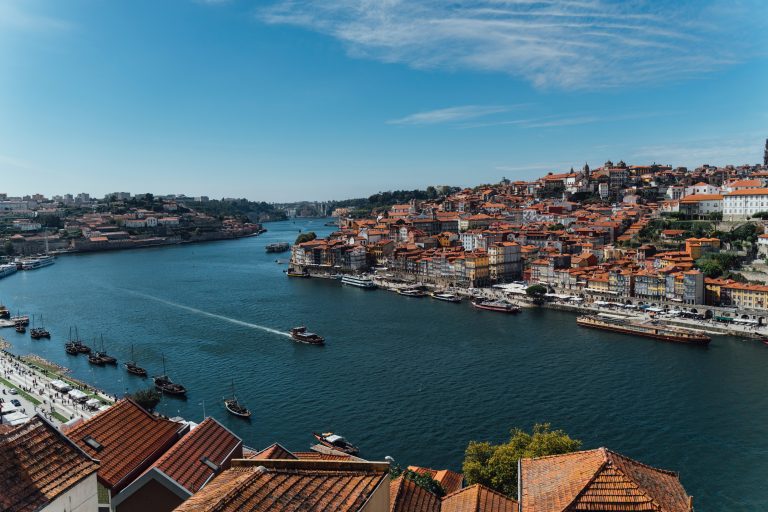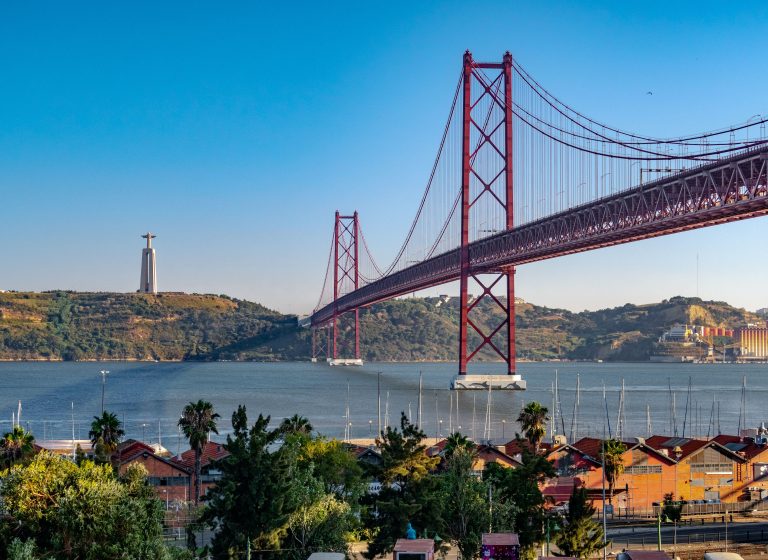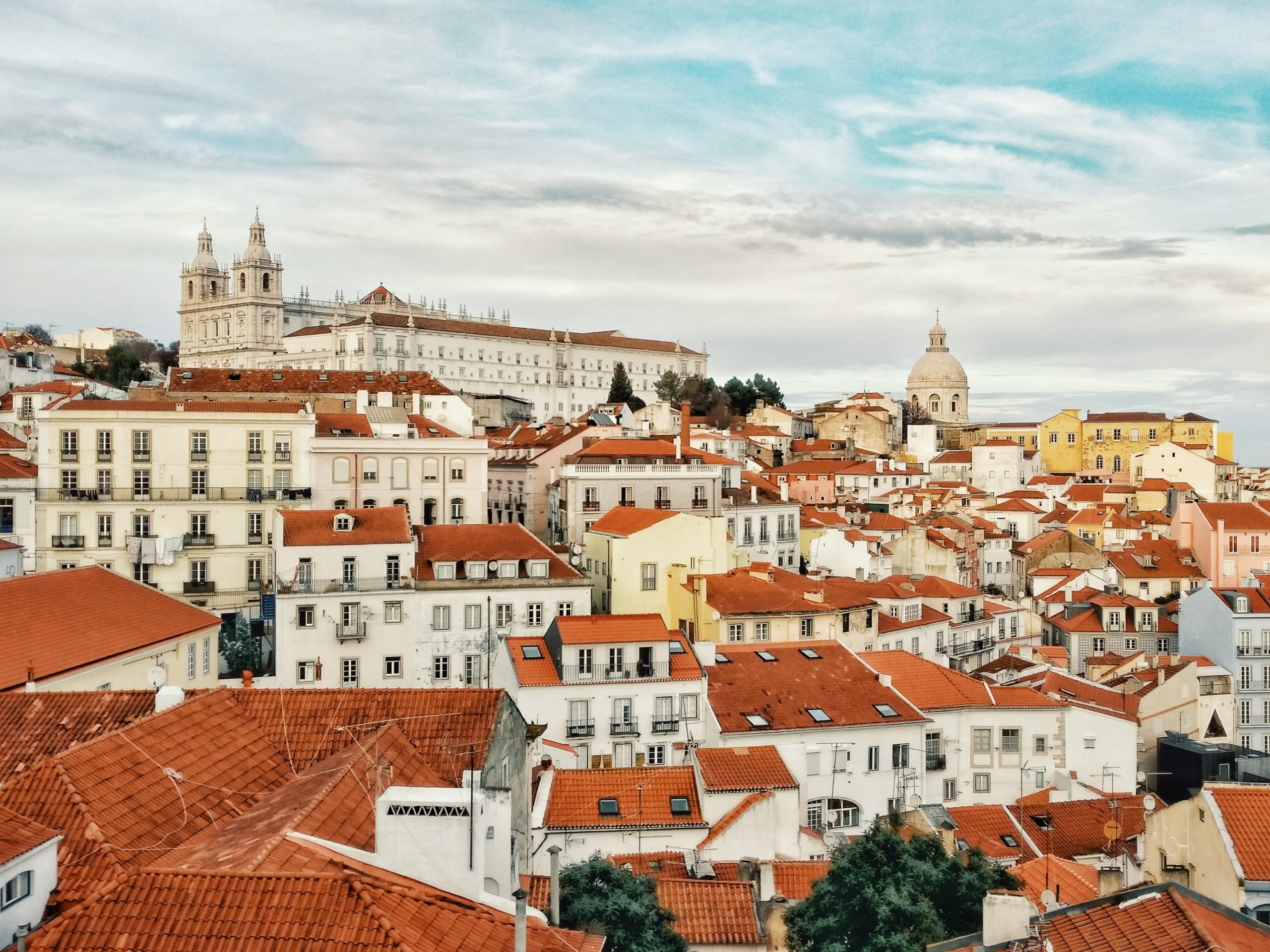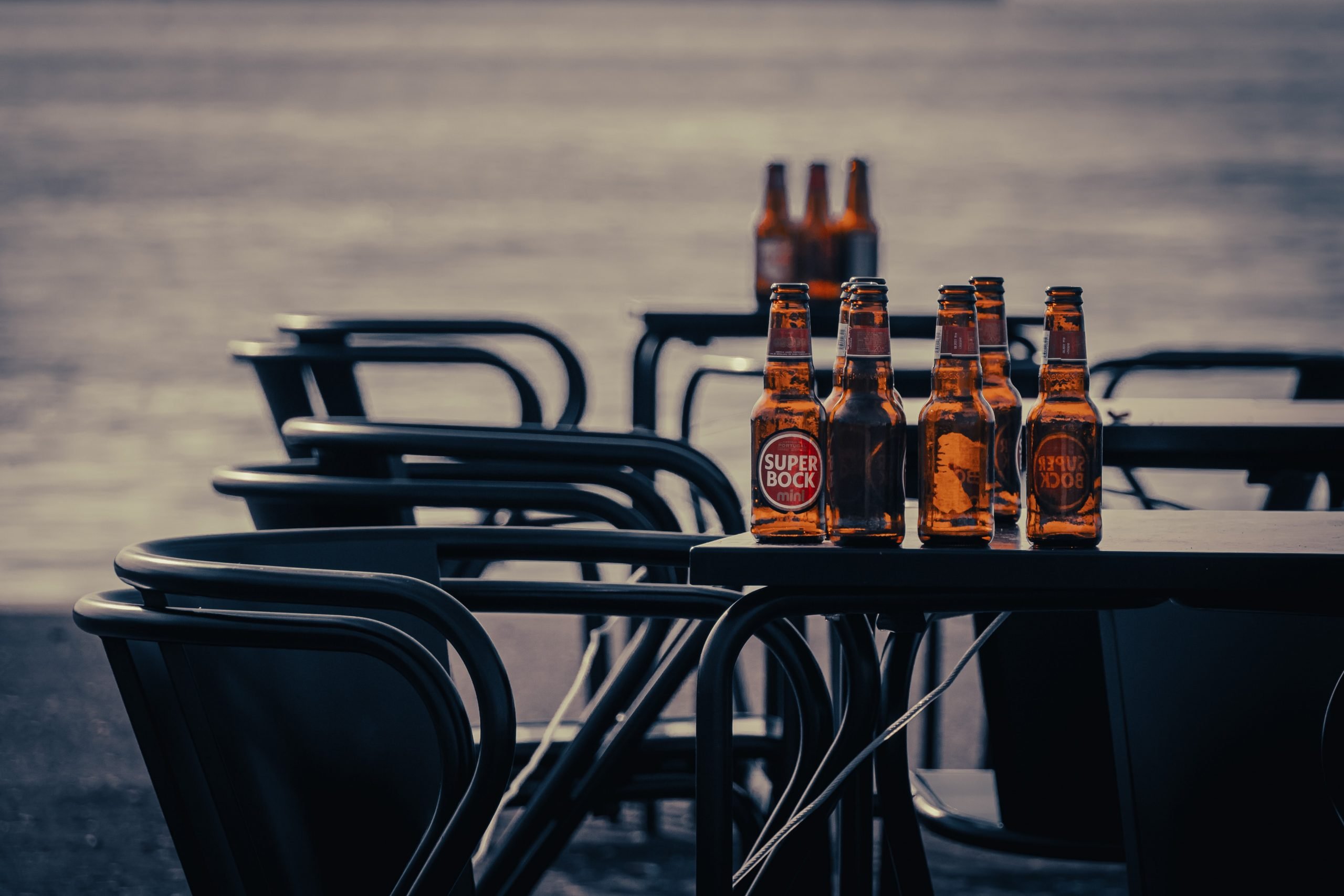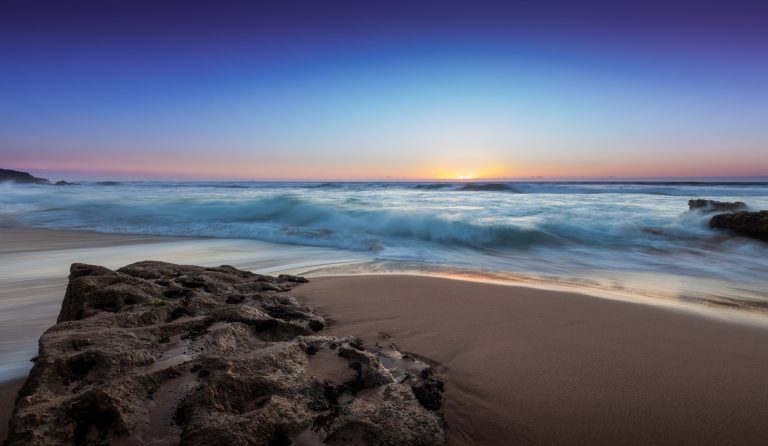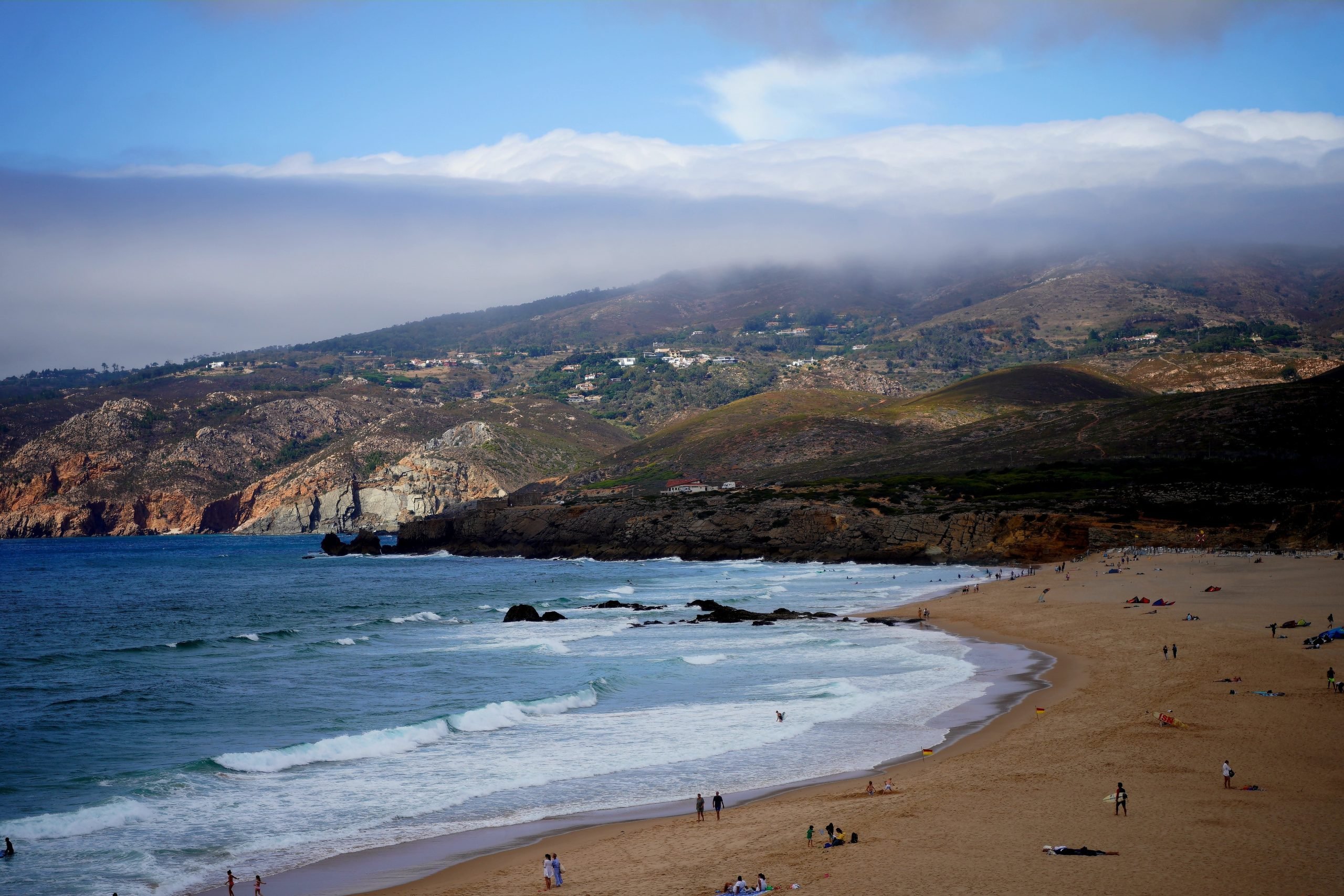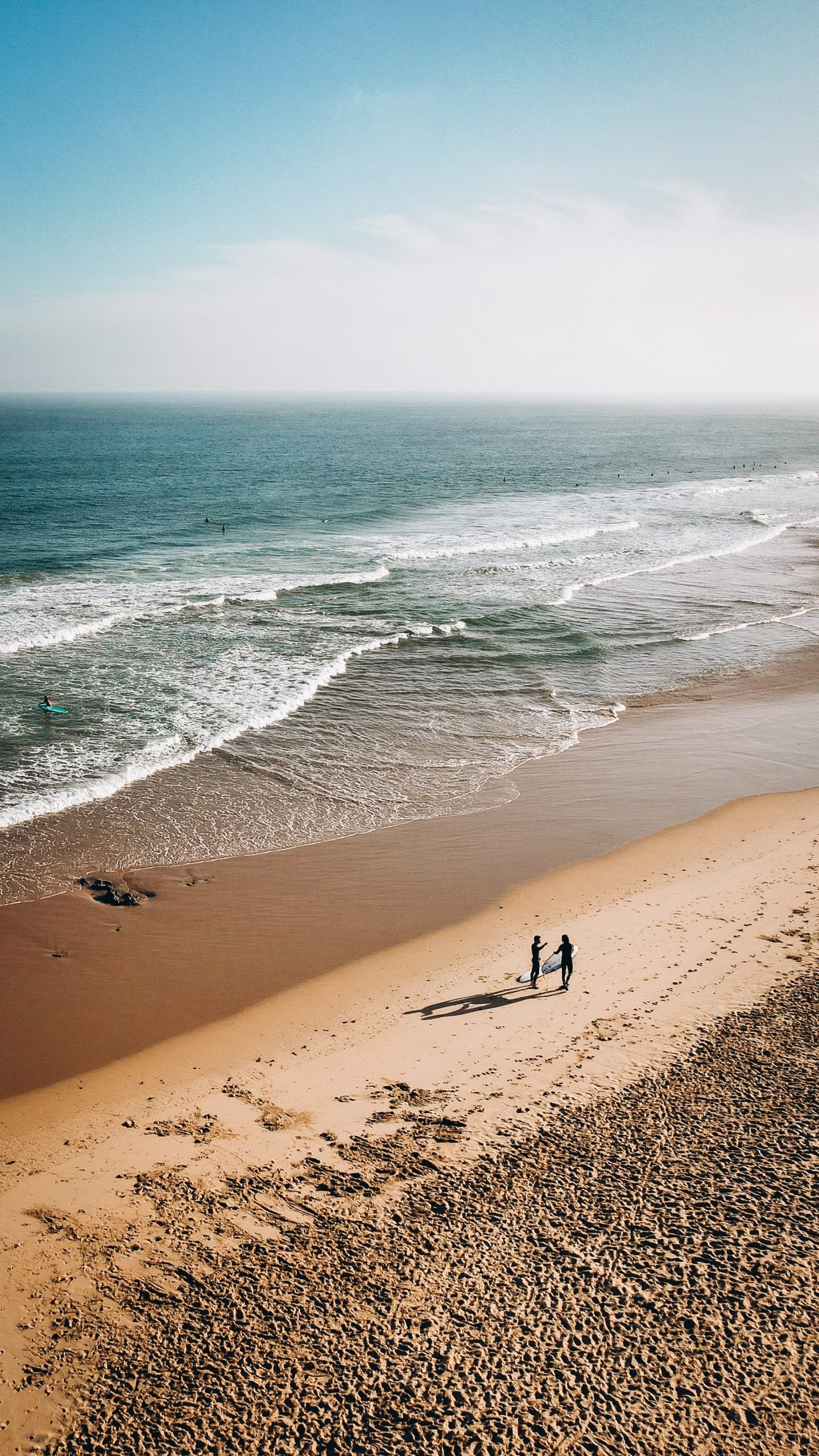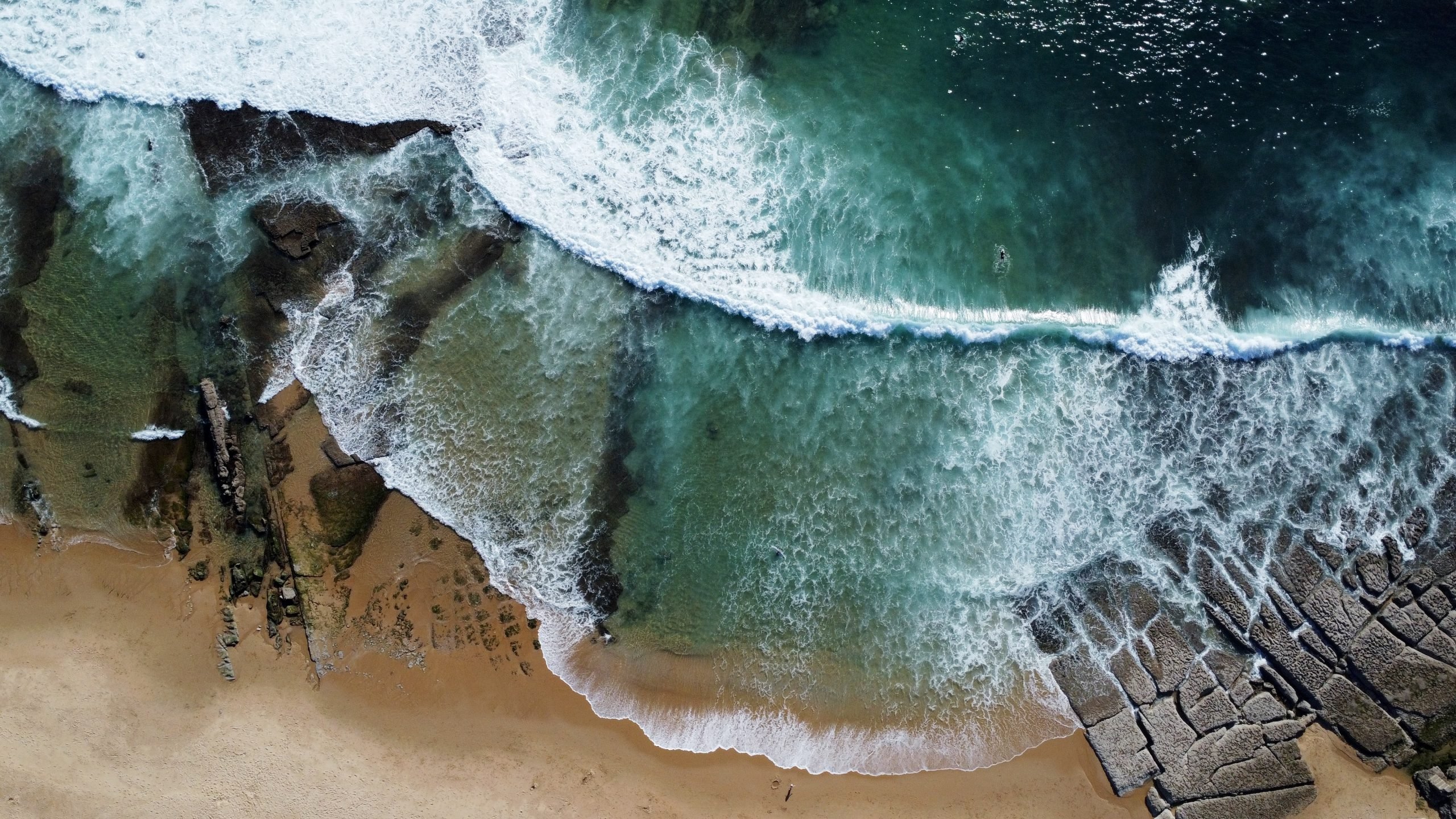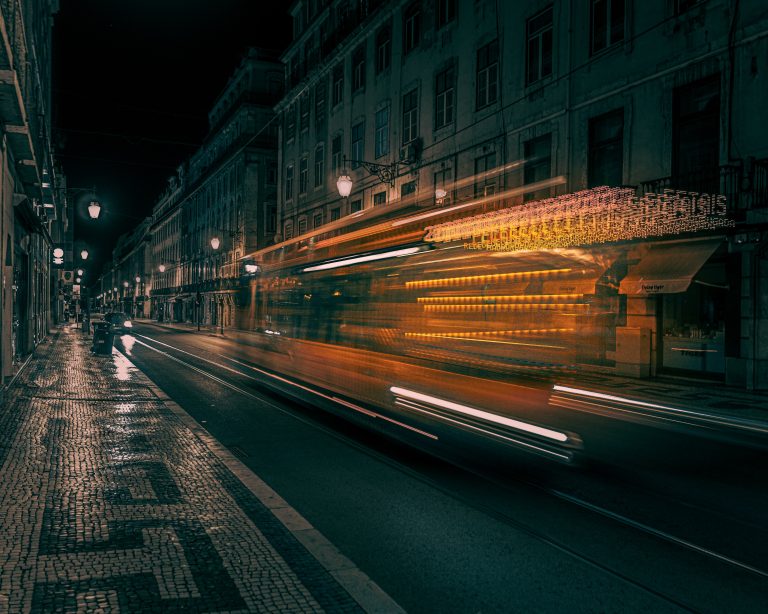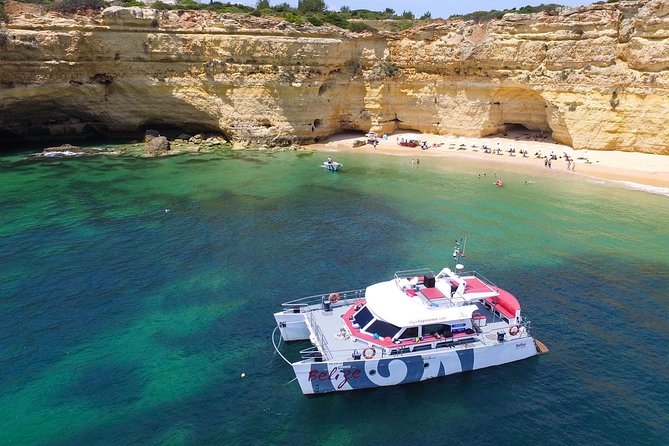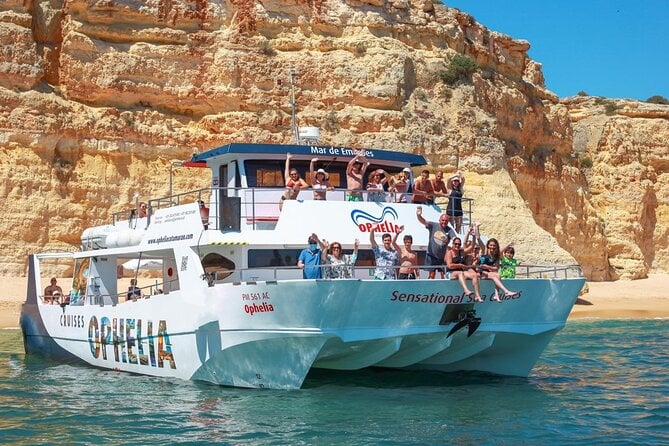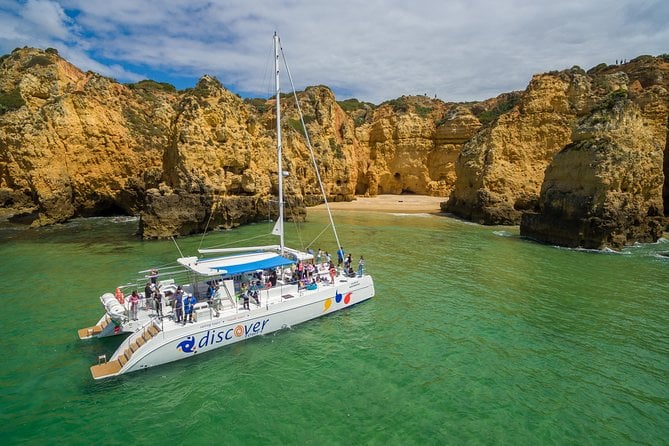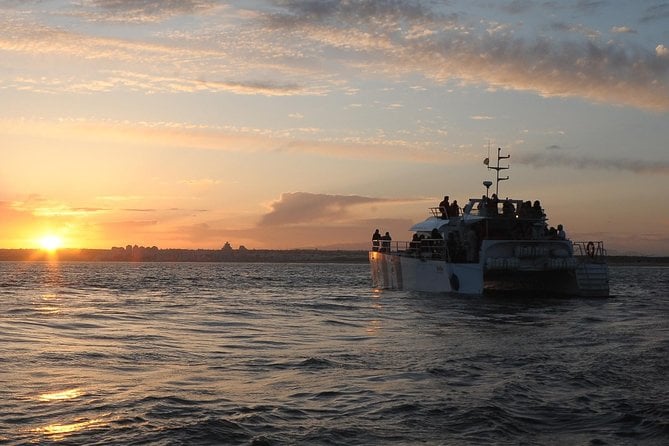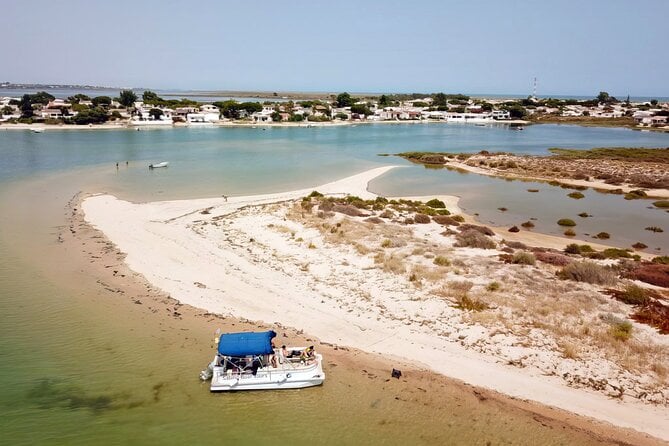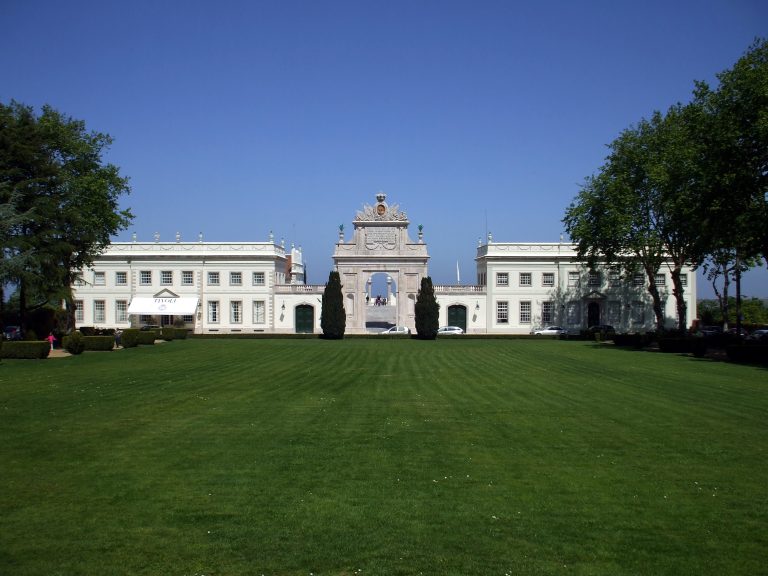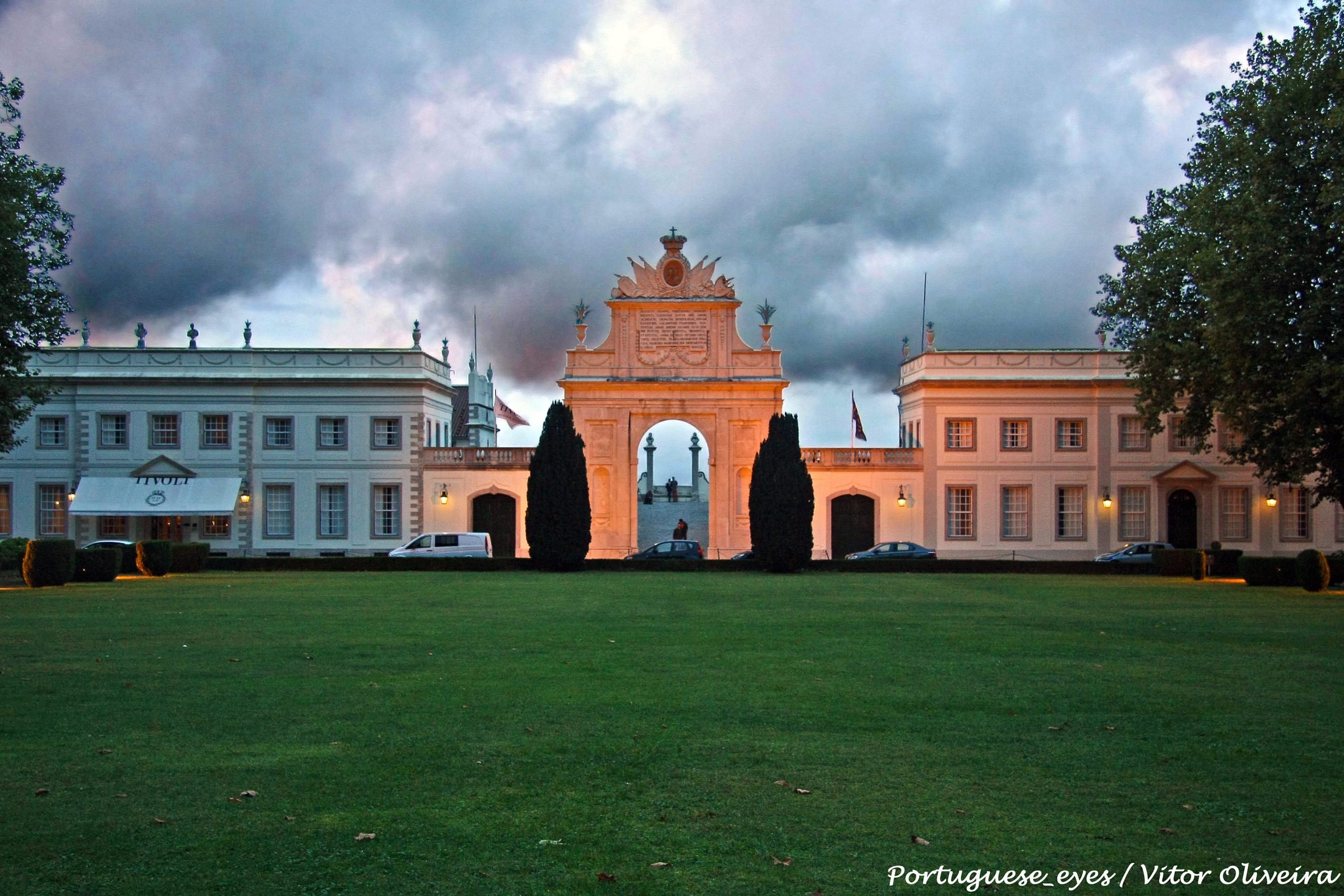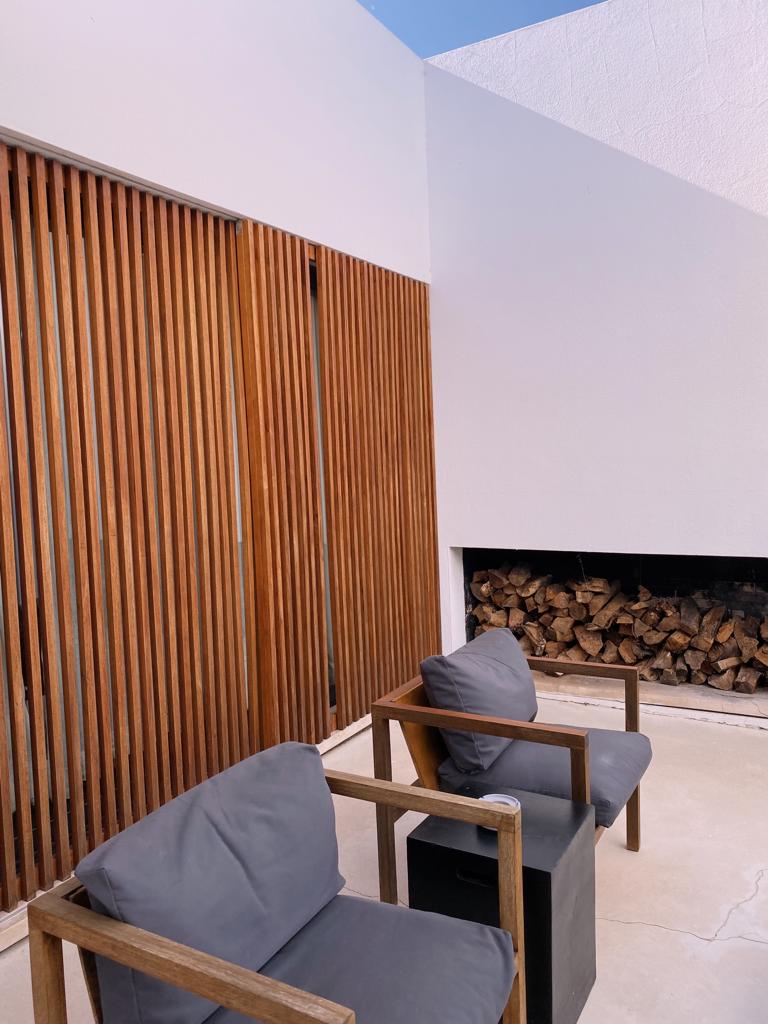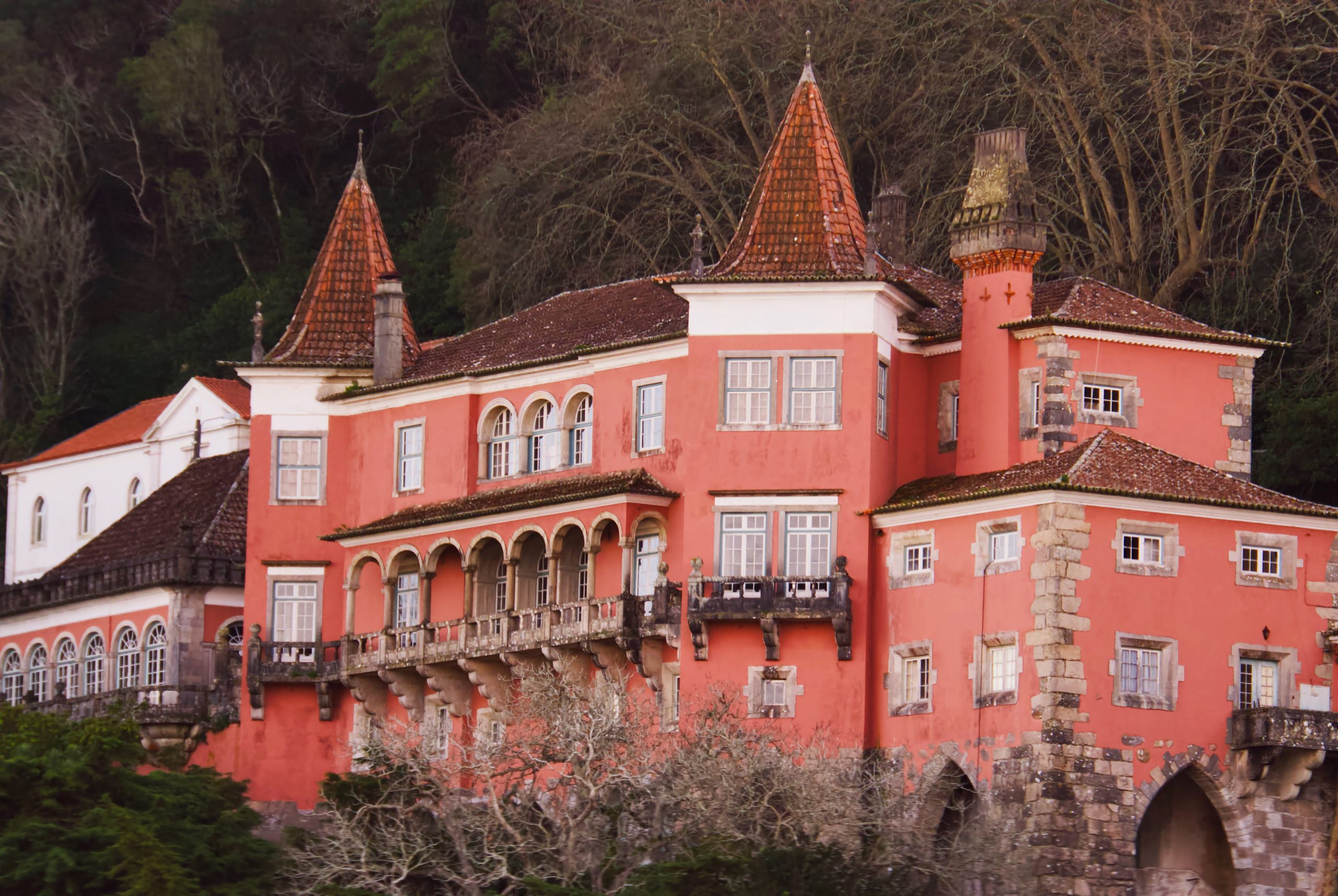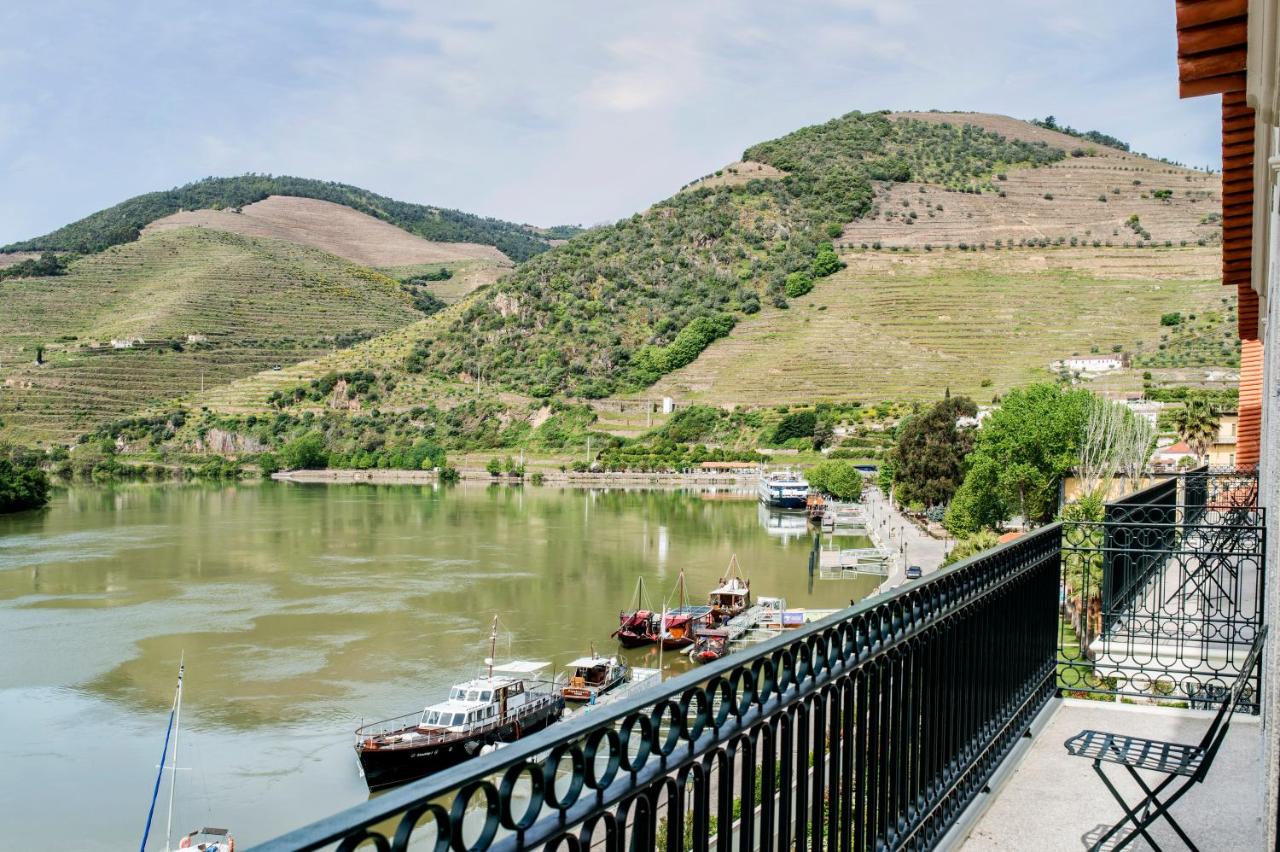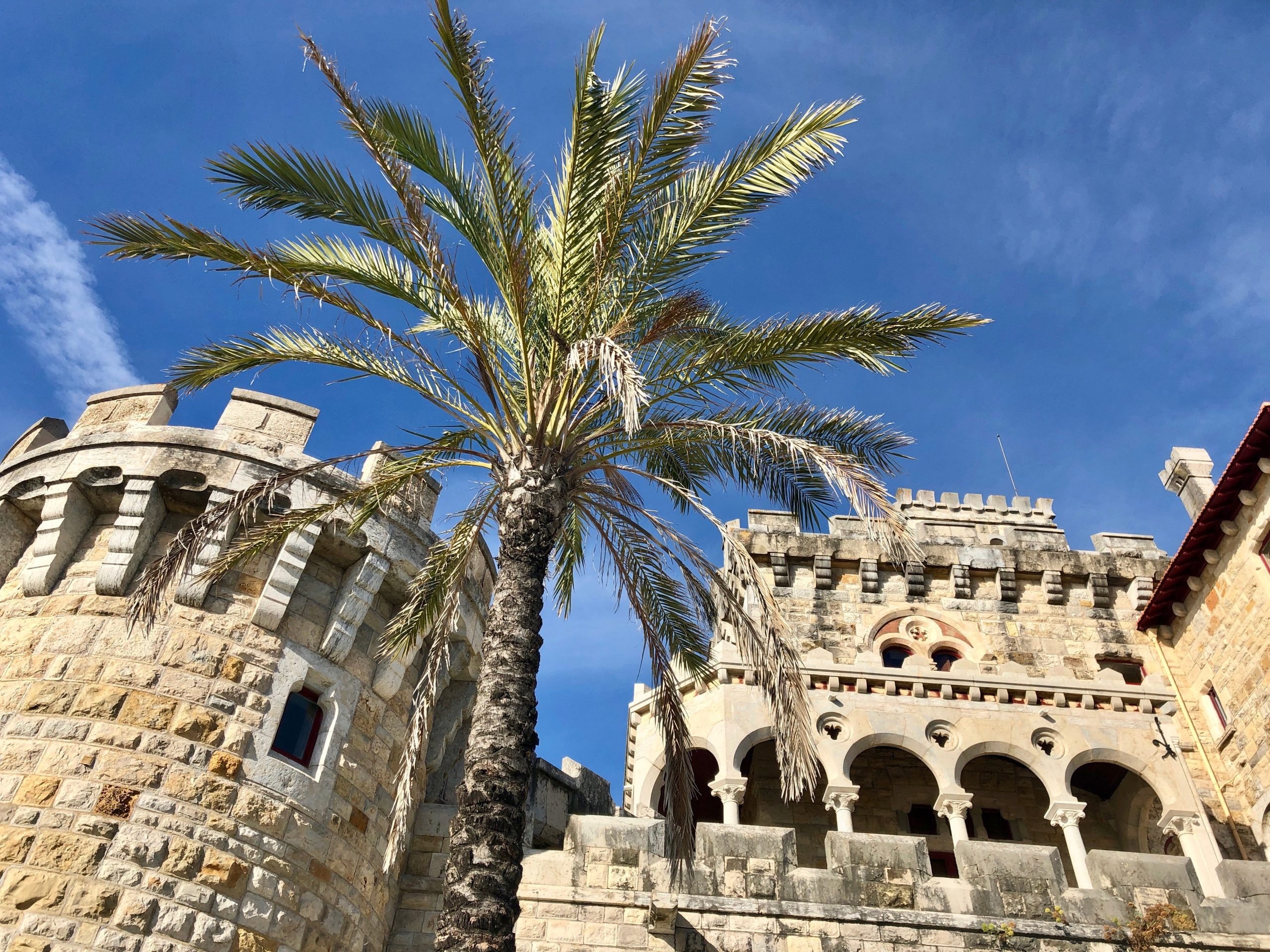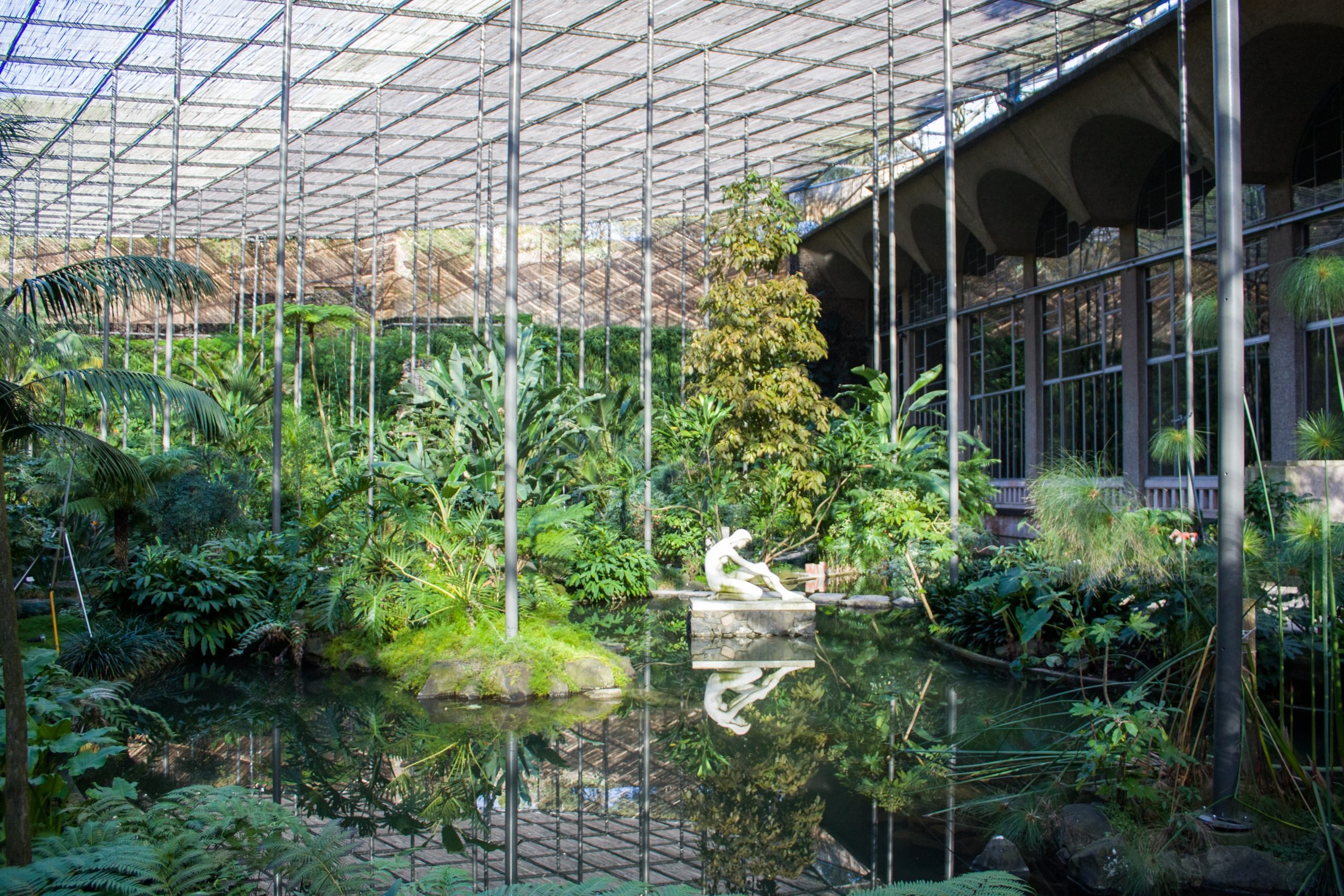As the sun sets over Rio Tejo, Lisbon transforms into a captivating playground for those seeking a night of charm and exhilaration. Nestled in the heart of Portugal, this historic city seamlessly blends old-world charm with a vibrant and modern nightlife suitable to all of those seeking the ultimate night out.
Imagine strolling through Lisbon’s cobbled streets under the glow of street lamps, the echoes of voices and music lingering in the air, captivating your senses.
Lisbon’s nightlife offers a harmonious fusion of luxurious venues and authentic cultural experiences. From the moment you step foot into this city, you’ll be transported to a world where historical glamor meets the contemporary.
Let’s dive into Lisbon’s after-hours delights, guiding you through the most exclusive hotspots and revealing the city’s nocturnal magic. From bars to nightclubs and private parties, Lisbon’s nightlife has something for every taste.
First, we will explore the top neighborhoods in Lisbon’s nightlife scene. From north to south, each area has a distinct atmosphere that translates into the bars and venues. Then, we will explore the best clubs and private parties.
Avenida da Liberdade
The concept of Avenida da Liberdade is similar to Champs Élysées in Paris. A long, wide avenue, with gardens along the road, and boutiques and designer stores on the sides. Surrounded also by company offices and hotels, Avenida da Liberdade hosts a series of elegant, and glamorous bars that match its vibe. From restaurants with rooftops and bars to speakeasies, this neighborhood is ideal for those seeking a more high-end experience.
Best Bars in Avenida da Liberdade
Red Frog – This bar resembles a speakeasy. One of the most well-hidden bars in Lisbon, and also the 40th best bar in the world (The World’s 50 Best Bars). Inside you can expect the best cocktails in the city.
Sky Bar – Located on the 9th floor of the Hotel Tivoli Avenida da Liberdade, this rooftop bar has one of the best views of Lisbon. It is known for its cocktails and mocktails but also serves beer and wine.
Downstairs at Betty’s – A piano bar with a New York vibe. More casual than the rest, this bar always has two pianists present, so there is music all night long. It serves snacks, wine, beer, and cocktails.
Delibar – This is the bar of the JNcQUOI restaurant, which was considered the best new restaurant of 2017 (MesaMarcada Awards). The vibe is exactly like the one of Avenida da Liberdade, elegant and glamorous. Apart from having a good and extensive wine and distilled drinks list, it also serves light meals. After eight o’clock there is a DJ playing.Anjos/Intendente
These are Lisbon’s new cool neighborhoods. After years of being considered a ‘prohibited zone’ because of criminal activity, these neighborhoods were requalified and gained a new life. Today, they are authentic hotspots.
The New York Times even published an article about it. The colors on the house facades, the presence of different cultures, and the art vibes make up most of the atmosphere. At night, bars, cafés, galleries, and other venues deliver a vibrant experience full of multicultural and artistic touches.
Best Bars in Anjos/Intendente
Pharmácia Musical – An old laundromat transformed into a bar by a violoncellist that has free concerts and a food menu matching the vibe of the music. It is only open on Tuesdays, Thursdays, and Sundays. It is also known for workshops, poetry sessions, and weekend brunch.
Casa Independente – This was the venue that set the stage for the new chapter in this neighborhood’s nightlife. With parties, concerts, and many different people, this place is for those looking exactly for the neighborhood’s vibe. Multicultural and artistic.
Mob – Espaço Associativo – An old association transformed into a bar. The corridor filled with books leads to a space that promotes conversation and drinking. There are political debates and discussions, and even the concerts and performances hope to be a form of social intervention. It is also known for the nocturnal book fairs.Desterro – A bar in a basement that serves music before anything else. The live DJ sets guide the night, and the drinks go along with it. There are also poetry sessions every two weeks, on Tuesdays.
Graça
Once a working-class neighborhood, today Bairro da Graça is one of the best spots to feel Lisbon’s atmosphere. The neighborhood is located on the highest of Lisbon’s seven hills, right next to the castle, and is full of viewpoints for sightseeing. It is an old, culturally rich, and diverse spot, which mixes both locals and foreigners. While it is not particularly known for its nightlife, Bairro da Graça is perfect for sunsets and drinks. Breathtaking and soulful views are assured.
Best Bars in Graça
Taproom Oitava Colina – This taproom/gastropub specializes in craft beer. Serves its own beer, as well as others. There are also snacks. It is a good choice for those looking for a well-brewed beer.
Esplanada da Graça – This restaurant/bar is located right on top of the viewpoint. It is perfect for those looking for a sunset that feels like Lisbon. The view is breathtaking.Graça do Vinho – A wine bar with vintage decoration and a very Portuguese vibe. Serves cheese, olives, sausages, and other snacks. But the main character is wine. Either by the bottle, by the glass, or even in cocktails. It also serves drinks other than wine.
Má Língua – A snack bar with a cozy vintage vibe that hosts mic and quiz nights. The two-story venue has an extensive wine list, craft beer, and other drinks. There are also snacks available.
Príncipe Real
The name comes from the nickname of a young Portuguese king, The Royal Prince. The area really is Lisbon’s royal neighborhood. The garden, the historical buildings, and their neoclassical architecture, the colors, the elegance, the museums, the stores, the restaurants, bars, and cafés. It all comes together to form what was considered the 5th coolest neighborhood in the world in 2018 (by Time Out Magazine).
The nightlife has that exact same vibe. As the sun sets, elegant restaurants and bars fill with elegant people. The crowd seems to be exactly where it is supposed to be. Whether you are a fan of wine, cocktails, or beer, if you are looking for a chill, but charming night, this neighborhood is the place for you.
Best Bars in Príncipe Real
Black Sheep – A wine bar that only sells wine made by Portuguese independent producers. There are hundreds of different wines. Every week, the bar serves ten different wines, by the glass. Bottles are available to take home. It also serves matching snacks. Goat cheese with marmalade, sausages, olives, hummus, and so on.
Pavilhão Chinês – This old bar/museum is an experience in itself. Decorated with hundreds of statues and porcelains, the venue has existed for decades. It has pool tables and serves different types of drinks.Snob – Another very well-hidden bar. You ring the doorbell and the owner comes to the door. As soon as you get in, the venue resembles a speakeasy. Famous for its scotch and late hours steak, it is the place for those seeking an elegant and discreet night escape. Also serves other drinks and other snacks.
Cevicheria – This restaurant/bar is always packed with people. And it is as good as it seems. The elegant small venue serves fresh ceviche and drinks. It is known for the pisco sour. If you’re lucky enough to find a spot, even if it’s on the street, give it a try.
Bairro Alto
Literally attached to Príncipe Real is Bairro Alto. Historically, it was Lisbon’s party neighborhood. Bairro Alto was not where Lisbon’s night started, but was where it evolved. The neighborhood is a labyrinth of narrow streets with graffiti and historical buildings, where a bohemian vibe sets the stage. It is louder and messier than Príncipe Real, but it is as good. It is just different.
In Bairro Alto, you will find a huge mix of bars, restaurants, and taverns. Live music, karaoke, wines, beer, cocktails, there is a bit of everything. Whatever type of nightcrawler you are, there is definitely something for you in this neighborhood. It all depends on what you are looking for. But if you are in for a bohemian and loud night, Bairro Alto is where you should go.
Best Bars in Bairro Alto
If you want the proper Bairro Alto experience, start north or south of the neighborhood and barhop until you get to the other side. The streets are full of people, the mixtures, the vibe. It is all on the narrow cobbled streets.
Maria Caxuxa – A very interesting venue with a great soundtrack. It goes from electronic music to fado. It is known for its extensive collection of spirits, and for its whacky and unpredictable decoration. It also serves other drinks. The venue promotes a bohemian ambiance that is accompanied by cozy furniture. The music is never loud enough to impede conversation.
Alface Hall – This informal jazz/rock bar buzzes with a joyful vibe. Mixing both locals and foreigners, the bar is one of the liveliest in the neighborhood. Musicians queue up to play there, so there is always live music. The vibe is joyful. It is another interesting venue. Serves different types of drinks.Loucos e Sonhadores – This long-established drinking den is the home of the bohemian crowd. The decoration, the furniture, the architecture, everything blends to provide the perfect escape from the outside hassle. Serves different types of drinks.A Capela – The name literally means ‘the chapel’. This dark, small bar with red glassed windows is known for its live vinyl DJ sets. The cheap and good drinks, the funky music, and the clubby vibe make it a must. Serves different types of drinks.Cais do Sodré
Close to Bairro Alto, right before the river, is Cais do Sodré. This neighborhood has become the heart of the party scene. Easily accessible via public transportation, packed with bars and restaurants, and very close to some nightclubs, Cais do Sodré has been booming. In terms of variety, it is similar to Bairro Alto but smaller. It can be seen as a mix between Príncipe Real and Bairro Alto. It is full of people starting the night, and halfway through the night. The geographic location, and the mix of people, contexts, and bars, make it a total hotspot.
Best Bars in Cais do Sodré
Collect – As Time Out Magazine states, this venue is a four-in-one. It is a bar, burger place, record store, and radio all in one. The snacks and the drinks are good. It serves different types of drinks. The music is always good. On the second floor there is almost always a DJ playing chill but vibrant electronic music.
Pensão Amor – This old gentlemen’s club that was turned into a bar still has some of the old furniture. The multiple-story venue has a dancing pole, a stage, and many red leather chairs. Serves different types of drinks. The mix of people, the venue itself, and the music create an absolutely vibrant atmosphere.
O Bom O Mau e O Vilão – This bar is definitely a must. The elegante decoration, cozy furniture, and good music make it an infallible recipe. Each weeknight has a theme. Serves different types of drinks, but it is known for its spirits and cocktails.Boteco da Dri – On the other side of the train station is the most vibrant of them all. The Brazilian bar/restaurant has live music almost every night. It is known for the Caipirinhas and cachaça, but also serves other types of drinks. At eating hours, very good Brazilian food. Although its charm is the atmosphere at night. The people, the music, the spot. It is definitely for those looking for a very joyful night.
Best Clubs in Cais do Sodré
The thing with the bars is that most of them close at 2:00 or 3:00 am. Some, even earlier. As you saw above, depending on the neighborhood you choose, there are exquisite bars that can cater pretty much everyone. Thus, if you wish to proceed with your night beyond these hours, there are also nightclubs for almost every taste.
The first two are within walking distance of Cais do Sodré:
LustInRio – This club transmits a bit of Miami vibes. The decoration, the people, the music. It has different VIP areas, bottle service, etc. The atmosphere is fancy and vibrant. It is ideal for those in this kind of environment.
K Urban Beach – This is the “normal” club. It is the club most kids start to go out to, and is one of Lisbon’s most well-known. It is similar to LustInRio in terms of VIP’s, bottles and all of that. Although the atmosphere is different, it’s less vibrant.
The following are within 5 to 10 minutes by Uber or taxi:
Ministerium – This venue is located in Praça do Comércio. The music is almost always electronic, and the crowd is very much the same. Locals and foreigners, all coming together to dance. The atmosphere is vibrant.
NADA – This venue is perfect for those looking for a club with big underground vibes. Heavy techno music, dark scenes, big speakers, it is the place to go if you want to get sweaty and rave until the morning. Sometimes it closes at 10:00 or 11:00 am.
Lux Frágil – A historical spot, Lux is arguably the best nightclub in Lisbon. The elegant and vibrant atmosphere spread across the three floors, each with its own vibe, has no match. Right by the river, a terrace with tables, chairs, a bar, and live chill electronic music is the perfect spot to chill. If you’re looking for a more vibrant vibe, there is the first floor. The bars, the balcony, and the DJ create another world of its own. Then there is the bottom floor. It is a darker spot. The degree of darkness depends on the DJ that is playing, but it is almost guaranteed that you can dance until 7:00 if you want to.
Harbour Lisboa – this is the last place you can go to. The venue is Lisbon after-hours. The vibrant electronic music, specially chosen for that time of the night, combined with the balcony over the river and the last night crawlers standing make up for an interesting atmosphere. If you are into late after-hours, this club may be worth a try. It is open from 5:00 to 11:00 am.
Lisbon’s Private Parties
If you’re lucky enough to find one, Lisbon’s private parties are also worth experimenting. Until now, I only know of two worth mentioning. Both are organized by international people.
One is “Who the Fuck is Henry”. If you stumble across a sizable black and white graffiti with small messages in black letters, many mentioning Henry, and a red dot on the left of the letters, you are in front of a marketing masterpiece. Before starting to throw the parties, and even now, a French guy that goes by the name Henry spreads these marks across the city. The messages are subliminal, and the size is almost always considerable.
The venue changes and the location and date of possible parties go by word of mouth. If you’re lucky enough to hear someone talking about it at one of the bars mentioned above, don’t mind asking if you can tag along. It will be worth it.
The other is “Crave”. Crave has an Instagram account where, if accepted, you can access information about the next party. The parties are always in exquisite locations, and the themes are sexy, dark, and glamorous. The atmosphere is very peculiar. It resembles private parties that foment seduction, glamor, and sexiness. The rules, the dress code, the masks, the decoration, the music, the food, and the drinks. Everything is thought to create an amazing atmosphere. If you’re into this type of experience and happen to be in Lisbon at the time of a party, buy the tickets.
Lisbon’s night is joyful, bohemian, artistic, multicultural, glamorous, and elegant. Its charm is spread throughout the streets. The colors of the buildings, the diversity of people, and places to go to. The city has something for every taste. Something breathtaking. If you choose well, it is possible that you will have one of the best nights of your life.


